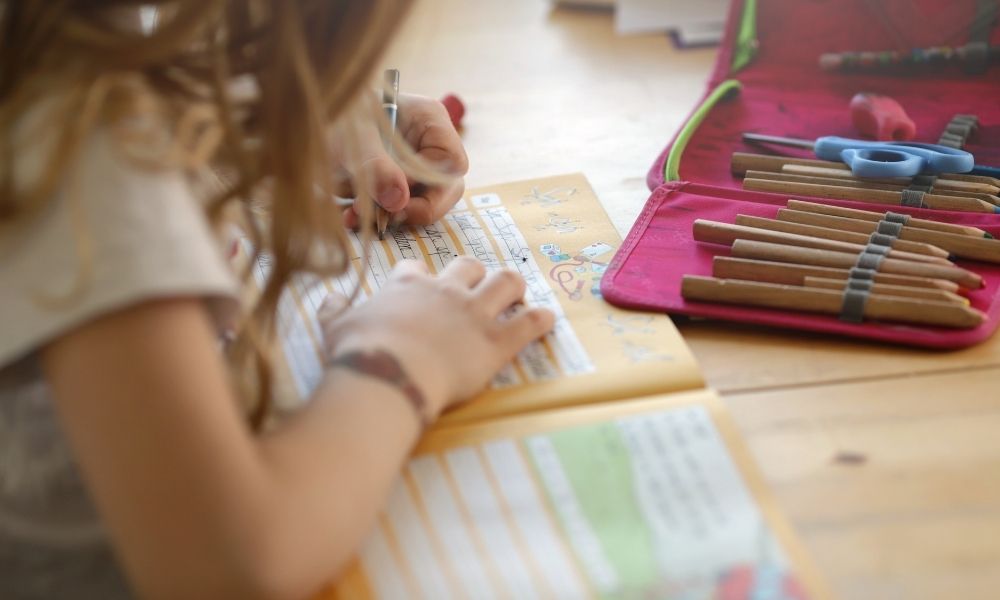As babies, children should be regularly reaching for items with both hands as they develop. However, once they become toddlers around the age of 2 or 3, they will start to develop hand preferences. While most of the population will develop to be right-handed, about 1 in 10 children will be lefties. Due to their rarity, some leftie children struggle. Keep reading to learn how to help your child if they’re left-handed.
Accept Them
While many people understand the importance of accepting their child, accepting left-handedness can be difficult. When most of a family is right-handed, it’s easy to accidentally encourage right-handedness in your child, which can make them feel out of place or wrong as a leftie. To prevent this, try to avoid using words like left and right and instead offer directional cues, such as telling them to pick up the toy with the hand closest to it.
You can also bring both right and left-handed tools into your home for your child to experiment with until you’re both comfortable. If they’re curious about different hobbies or activities such as sewing or golf, offer different types of sewing scissors, including left-handed ones or both right and left-handed golf clubs. Offering both kinds of tools wordlessly tells your child that you accept either hand preference and will work to keep them comfortable with that hand preference.
Instill Confidence
If your child is showing signs of being a leftie and is worried about being different than their right-handed peers, there are several ways you can instill confidence in them and their uniqueness. First, make sure they know about all the interesting people who have been lefties throughout history: Benjamin Franklin, Marie Curie, Babe Ruth, Albert Einstein, Jimi Hendrix, and Leonardo da Vinci are just a few. Contemporary lefties include Oprah Winfrey, Bill Gates, Barak Obama, Angelina Jolie, and Prince William.
Despite these famous fellow lefties, having a dominant left hand occurs in only 10 percent of the population. Teach your child that they are unique and special for being part of this rare community. Many lefties are also creative and artistic, so make sure to praise these qualities if you see them in your child.
Teach Them Skills
While being a leftie is wonderfully unique, many lefties struggle with learning certain skills such as tying shoes and writing. Having extra assistance at home will help them overcome these struggles. Try to learn how to do these skills left-handed yourself so you’re not trying to teach your left-handed child the right-handed way. This can lead to more confusion and frustration.
If you can’t perform a skill left-handed, there are lots of resources available. Video tutorials on YouTube and other online forums can help you learn and educate your child on how to perform certain tasks as a leftie. One of the most important tasks they’ll need to learn is writing. Start with a single paper flat on a desk or table, and then slide the paper so the upper right-hand corner points at the child’s body. This will help them keep their wrist in a straight line, which will make handwriting easier.
Now you know how to help your child if they’re left-handed. Accept them and their unique hand preference, instill confidence in them and their uniqueness, and teach them skills that they may struggle with due to their hand preference. Doing so will help your child thrive in a right-handed world.






